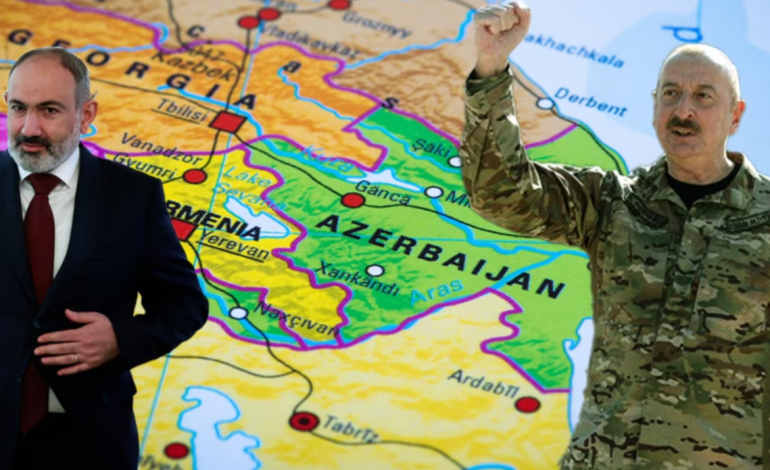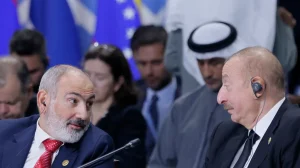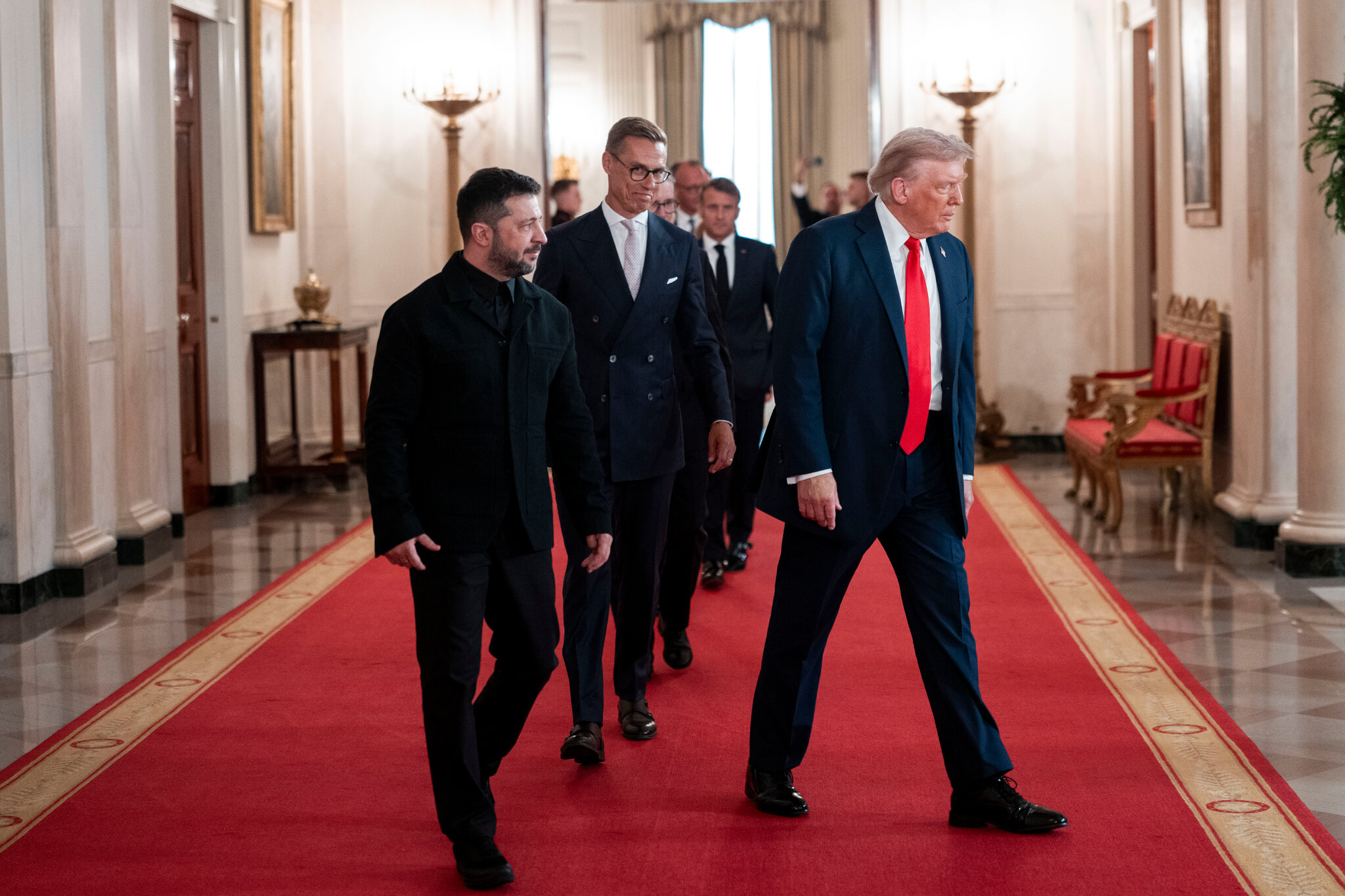ANALYSIS: The Zangezur Corridor. Could a Controversial Transit Route Ignite a Regional Firestorm?

What’s the deal with the Zangezur Corridor — and why is everyone suddenly on edge about it again?
Azerbaijan’s decades-old dream of carving out a direct land route through Armenia to its Nakhchivan exclave is back in the spotlight — and this time, it’s dragging the US, NATO, and Iran along for the ride.
The so-called Zangezur Corridor would cut through Armenia’s southern Syunik province, bypassing the current route through Iran. The catch? Azerbaijan wants control over the corridor — not just access. That’s raised alarms across the region, especially in Tehran, which sees the project as a direct threat to its borders, regional influence, and national security.
The idea resurfaced after the 2020 Nagorno-Karabakh war, when Azerbaijan, with help from Turkey, regained key territories. The post-war peace deal included a clause about opening new transport links — but it never granted Baku control over Armenian territory. Still, Azerbaijan’s President Ilham Aliyev, along with Turkish President Recep Tayyip Erdoğan, began pushing the corridor idea hard.
By 2023, talk of the Zangezur route had quieted — mainly because Iran flexed its military muscle, moving troops and hardware to Armenia’s border. But now it’s heating back up. Why? Because the US just tossed its hat into the ring.

Last month, US Ambassador to Turkey Thomas Barrack floated a proposal: America would build and manage the corridor for 100 years, claiming it would “advance peace.” That move appears to have emboldened Aliyev, who now says he’ll accept “no reciprocal arrangement” with Armenia.
Unsurprisingly, Iran is not having it.
Senior officials, including Ali Akbar Velayati, top advisor to Supreme Leader Ali Khamenei, have issued fiery warnings. Velayati called the project a “land grab” in disguise, accusing the US, Israel, and NATO of trying to cut Iran off from the Caucasus, isolate Russia, and weaken the so-called Axis of Resistance.
Tehran has already moved troops to the Armenian border and announced an “active prevention” policy — which, in not-so-subtle terms, means Iran’s ready to act militarily if the corridor goes ahead without its approval.
Armenia, for its part, is standing firm. Officials in Yerevan say they’re open to regional transit deals — but not at the cost of sovereignty. Deputy Parliament Speaker Ruben Rubinyan flat-out rejected the US lease proposal, calling it illegal and unconstitutional.
“There’s no such thing as leasing land under Armenian law,” he said.
He also dismissed the term “Zangezur Corridor” altogether, saying it’s loaded with territorial claims and doesn’t even refer to a real administrative region in Armenia. Instead, Armenia is promoting its own plan — the “Crossroads of Peace” — where all routes remain under national jurisdiction and legal control.
This corridor isn’t just about trucks and trains. It’s about power, borders, and geopolitics. If built as Azerbaijan envisions, it would:

- Cut Armenia off from Iran.
- Give Azerbaijan and Turkey a land link across the Caucasus.
- Potentially put NATO infrastructure on Iran’s northern doorstep.
- Undermine Russia’s influence in the region.
And that’s why Iran — backed by a heavy military presence — is drawing a hard line.
Aliyev isn’t backing down either. His government continues to insist that Armenia must rewrite its constitution, eliminate any territorial claims, and basically fall in line before peace talks can move forward. Critics say it’s not a peace offer — it’s a demand for submission.
And if that weren’t enough, the situation is getting more volatile with every new twist. Allegations are swirling about Azerbaijani drones crossing into Iranian airspace, and human rights groups are accusing Baku of war crimes and detaining Armenian political leaders without trial.
The Zangezur Corridor isn’t just another infrastructure project. It’s a high-stakes geopolitical gambit that risks destabilizing the South Caucasus.
With Iran mobilizing, the US stepping in, and Azerbaijan refusing compromise, the region could be heading toward a dangerous showdown.
The question now isn’t just if the corridor will be built — it’s whether a new war will erupt because of it.








The latest news in your social feeds
Subscribe to our social media platforms to stay tuned